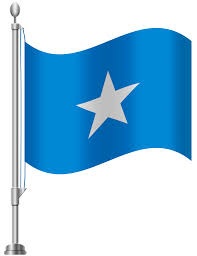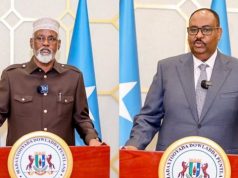It was September 2010, when the then US Assistant Secretary of State for African Affairs, Johnnie Carson, revealed the Obama administration’s US foreign policy towards Somalia, the “dual track approach.” In the first track, the United States would support the then Transitional Federal Government (TFG), and in the second track, the US will engage with the “governments” in Somaliland, Puntland, and other regional or clan entities that existed in Somalia.
However, the approach was faced with mixed reactions among Somalis and international political commentators arguing that the policy was not only a threat to the country’s sovereignty but also contradicted itself by supporting the TFG that unified the Somali clans with over 500 members of Parliament that was considered inclusive and representative all regions and clans (seats distributed along tribal lines) and at the same time working with the self-administered clan-based authorities lacking any established accountability and transparency measures.
In a nutshell, the policy was based on engaging diplomatically and economically any and all Somali political actors, armed or unarmed, as long as those entities are not supporting the extremist group al-Shabaab regardless of whether they were opposed or proponents of the Transitional Federal Government.
With the strong political connotation, the “dual track approach” carries the use of the term which had disappeared from official US lexicon since the election of Hassan Sheikh Mohamud as the president of Somalia in 2012. Still, the policy seems to have been borrowed and employed by the rest of the international partners and neighbors that supported Somalia’s recovery towards a bright, secure and stable future.








